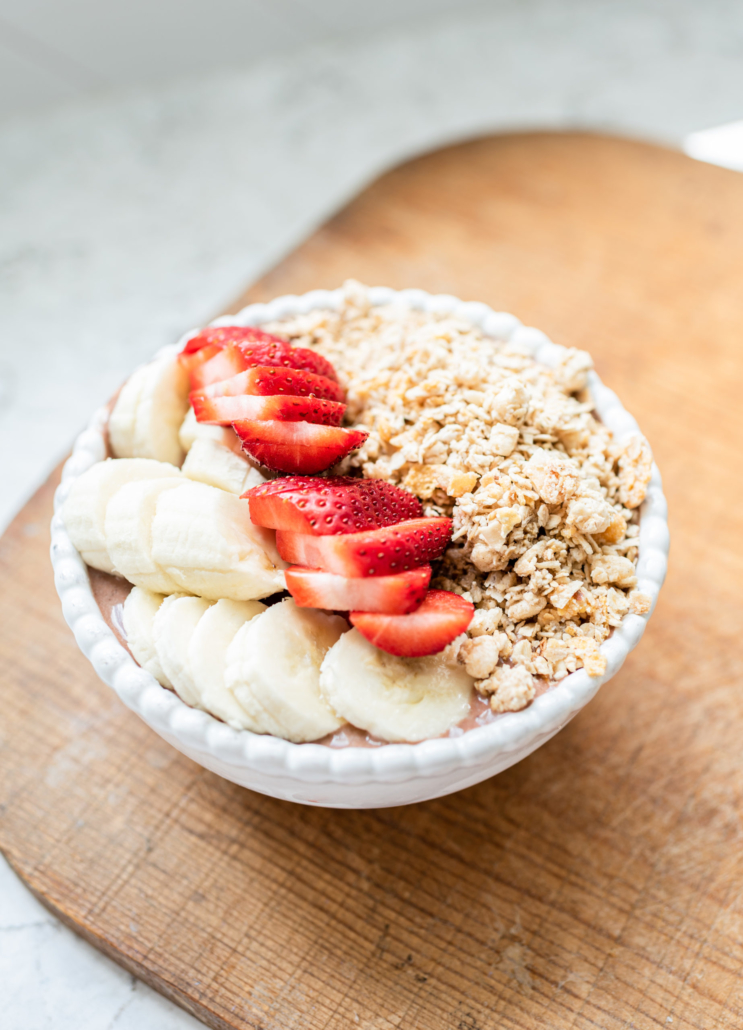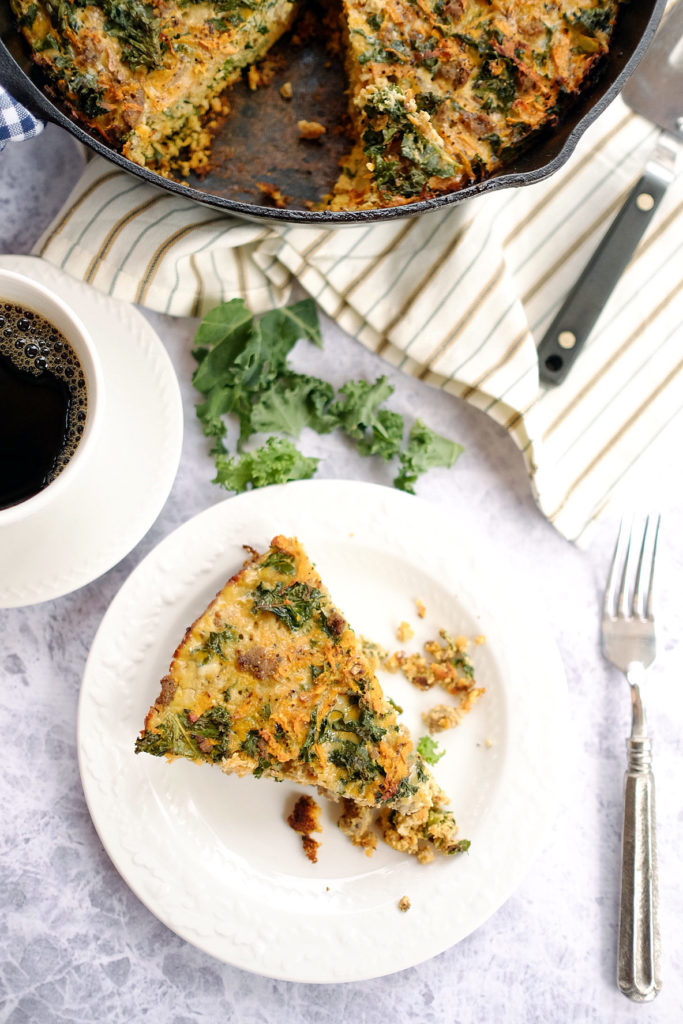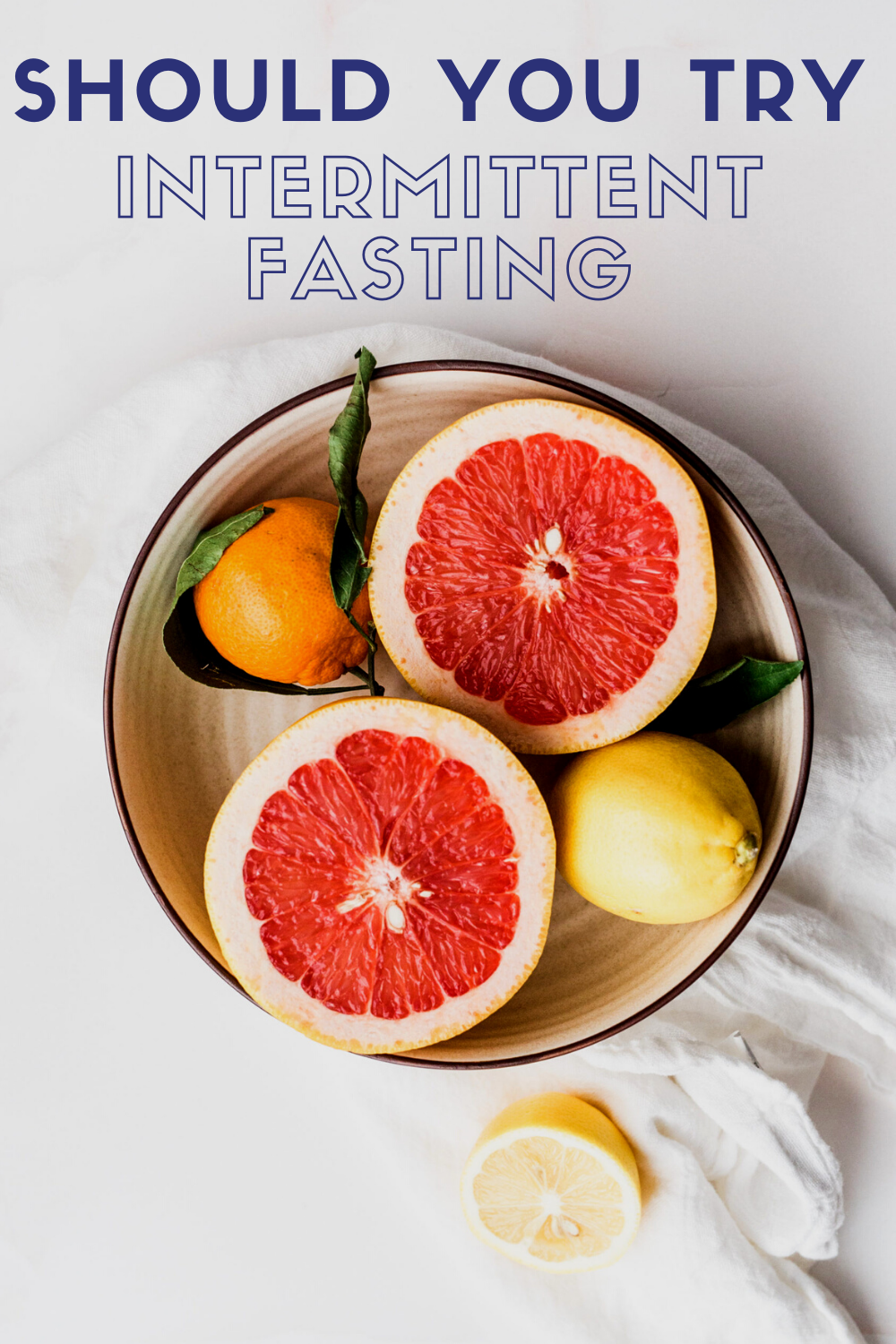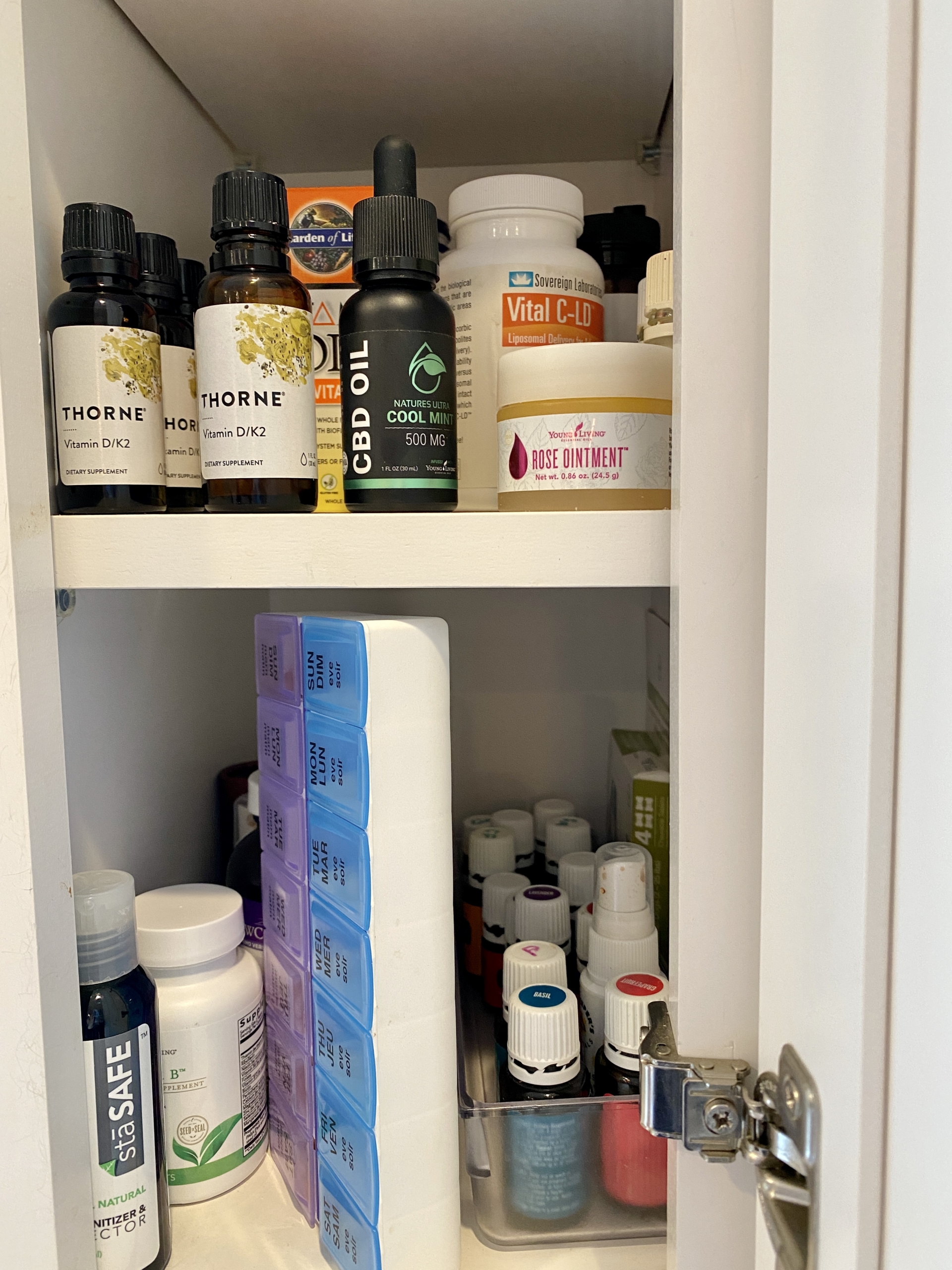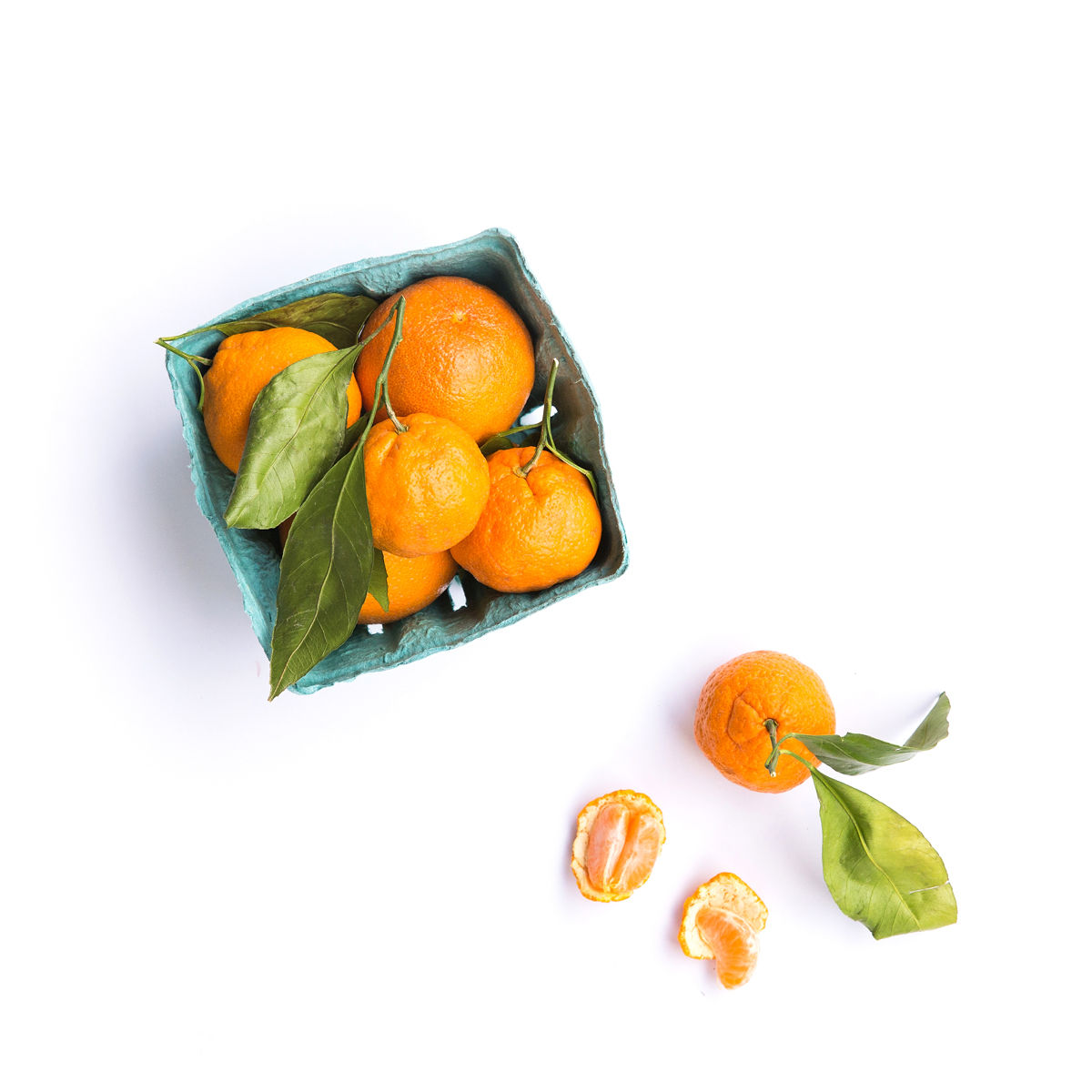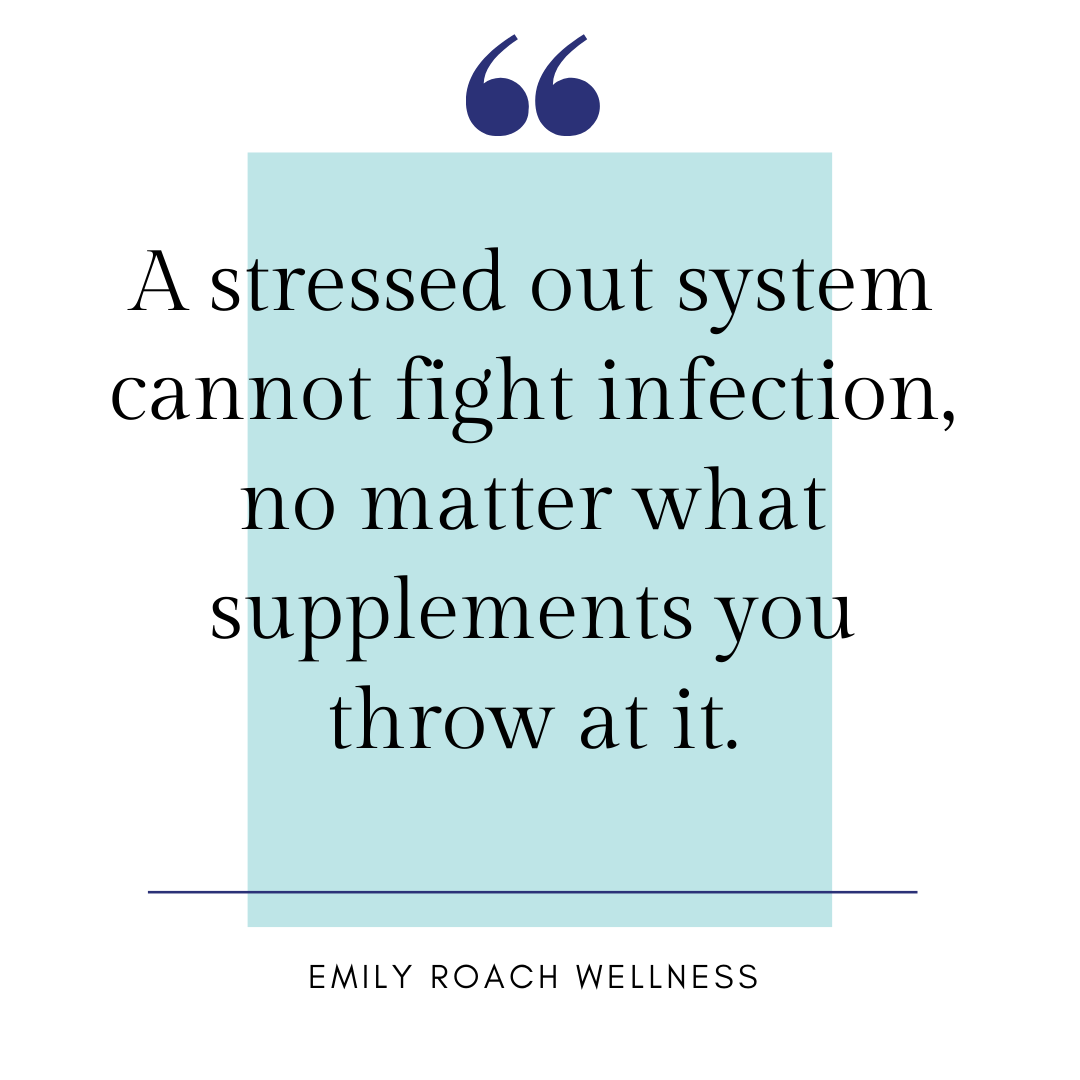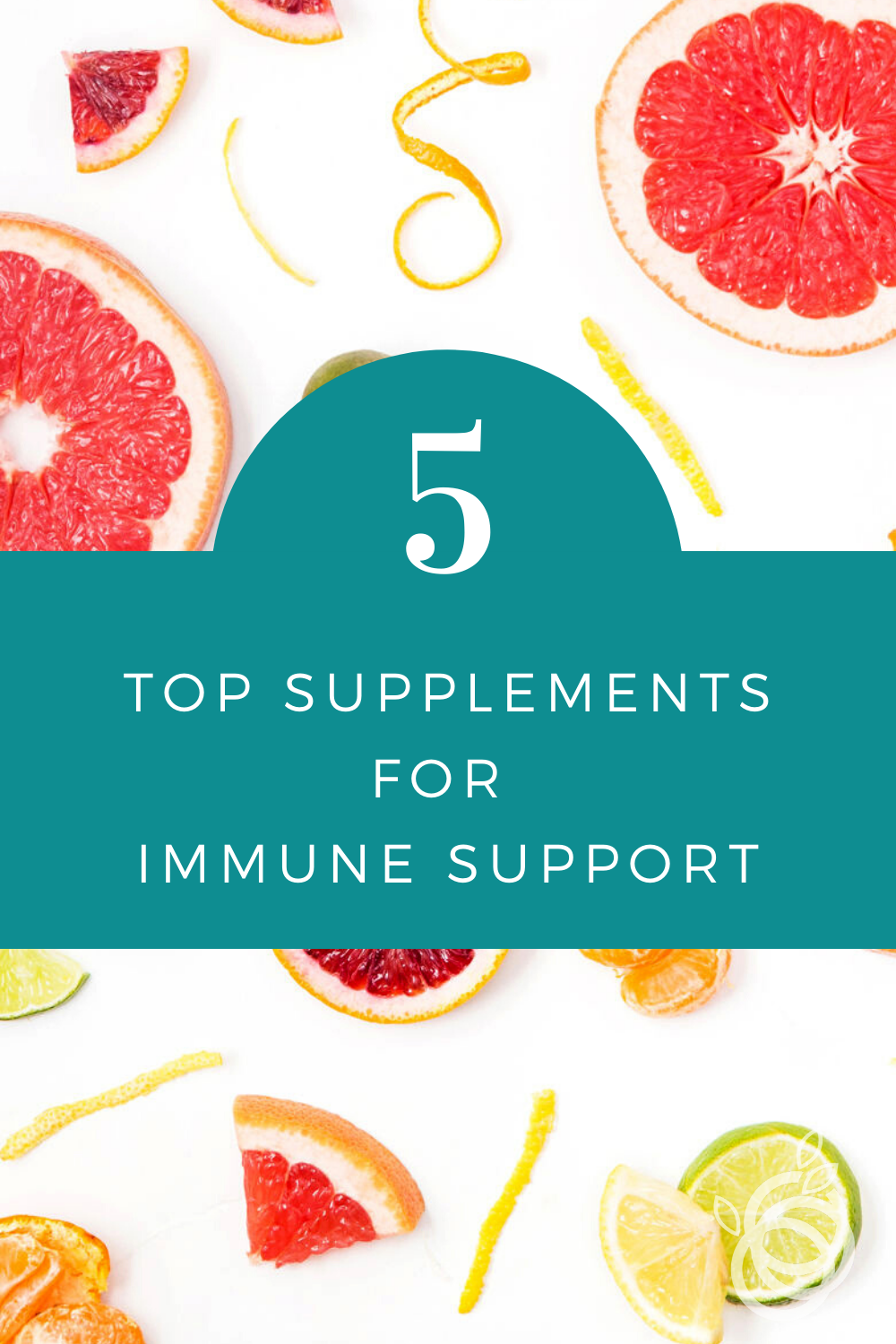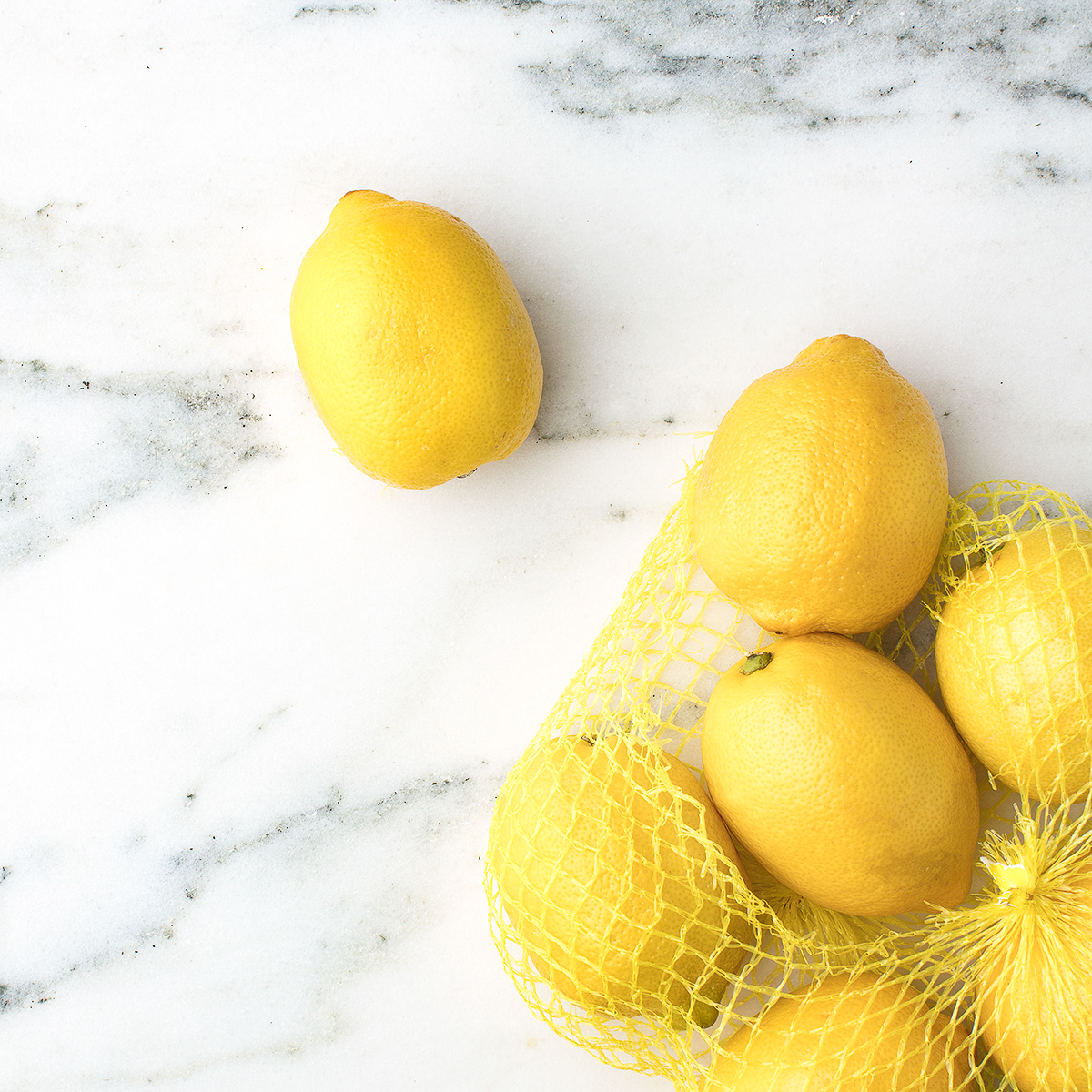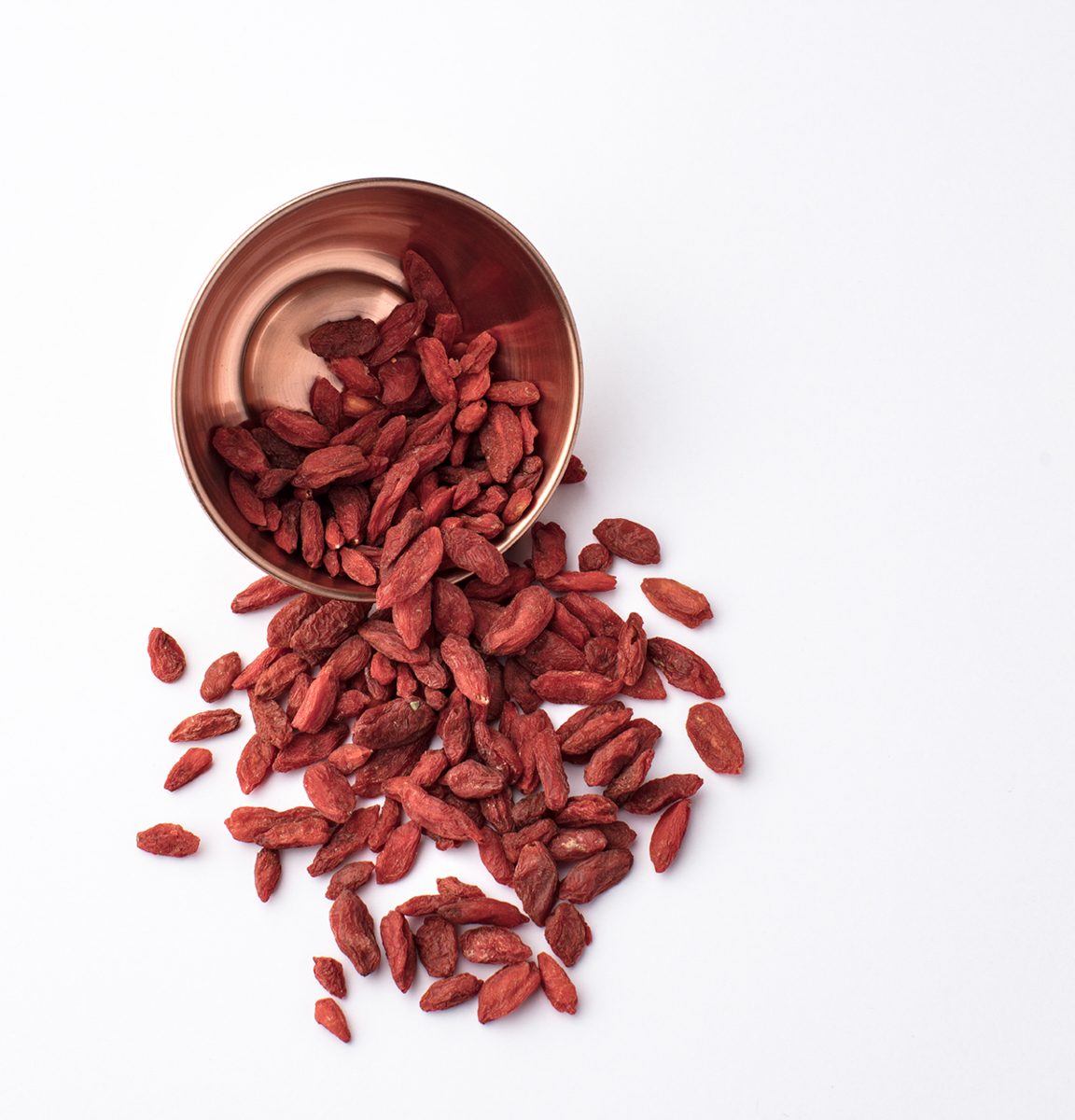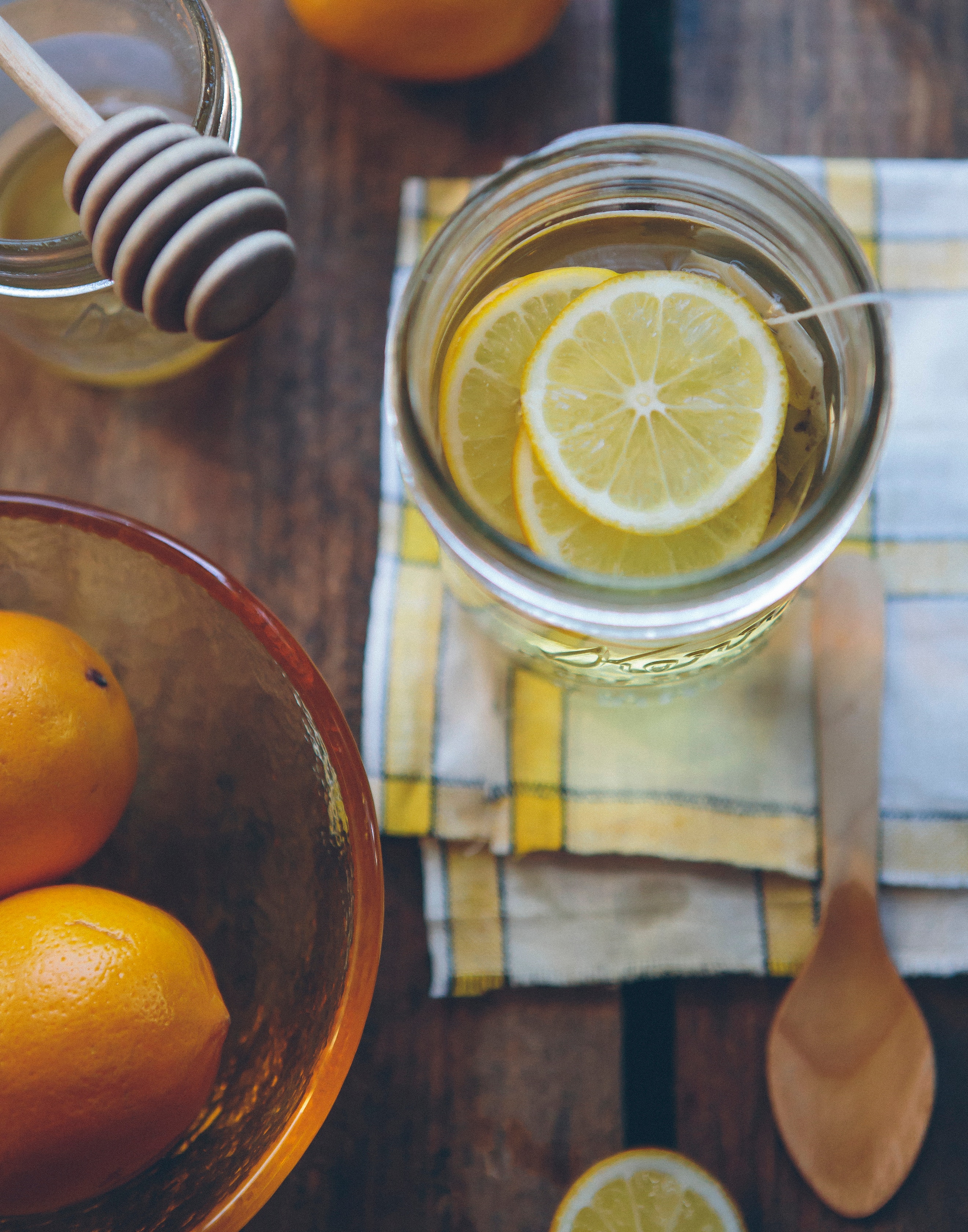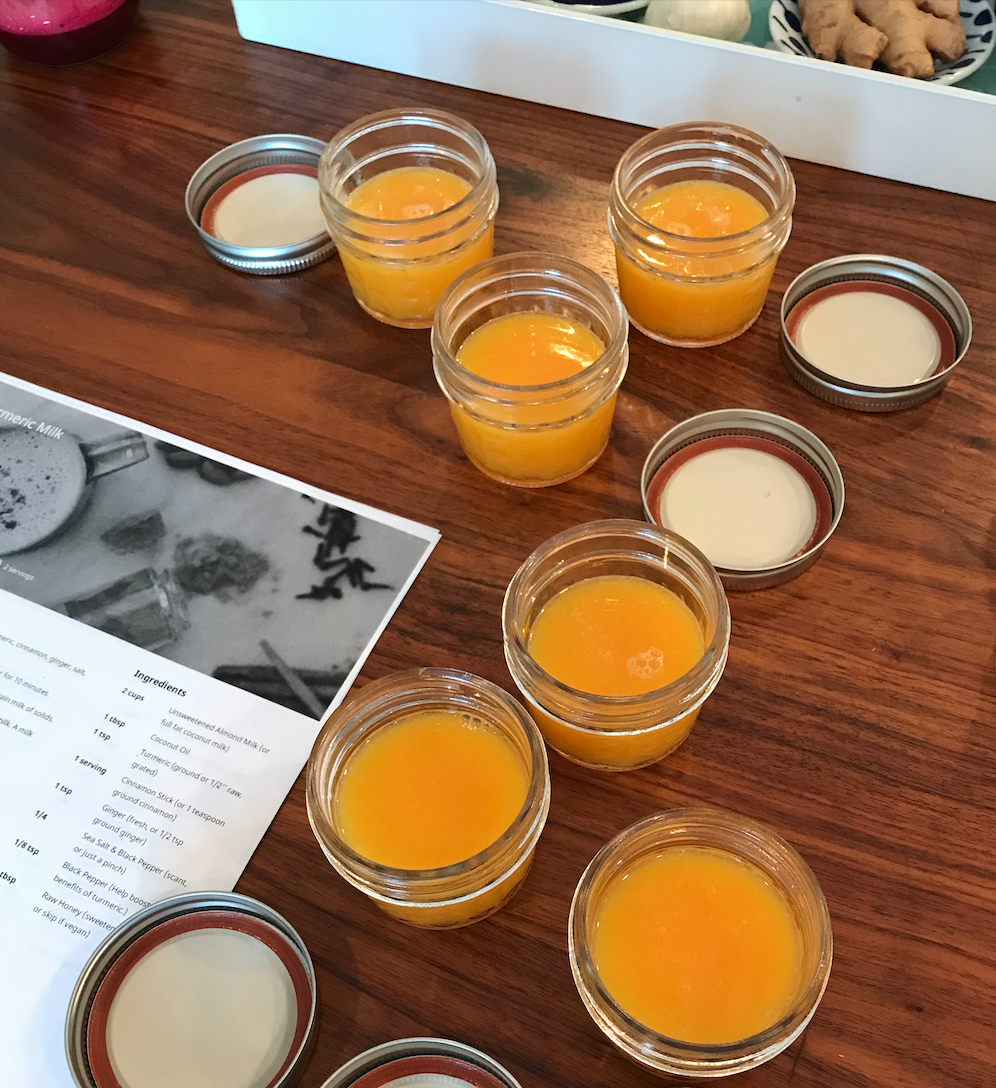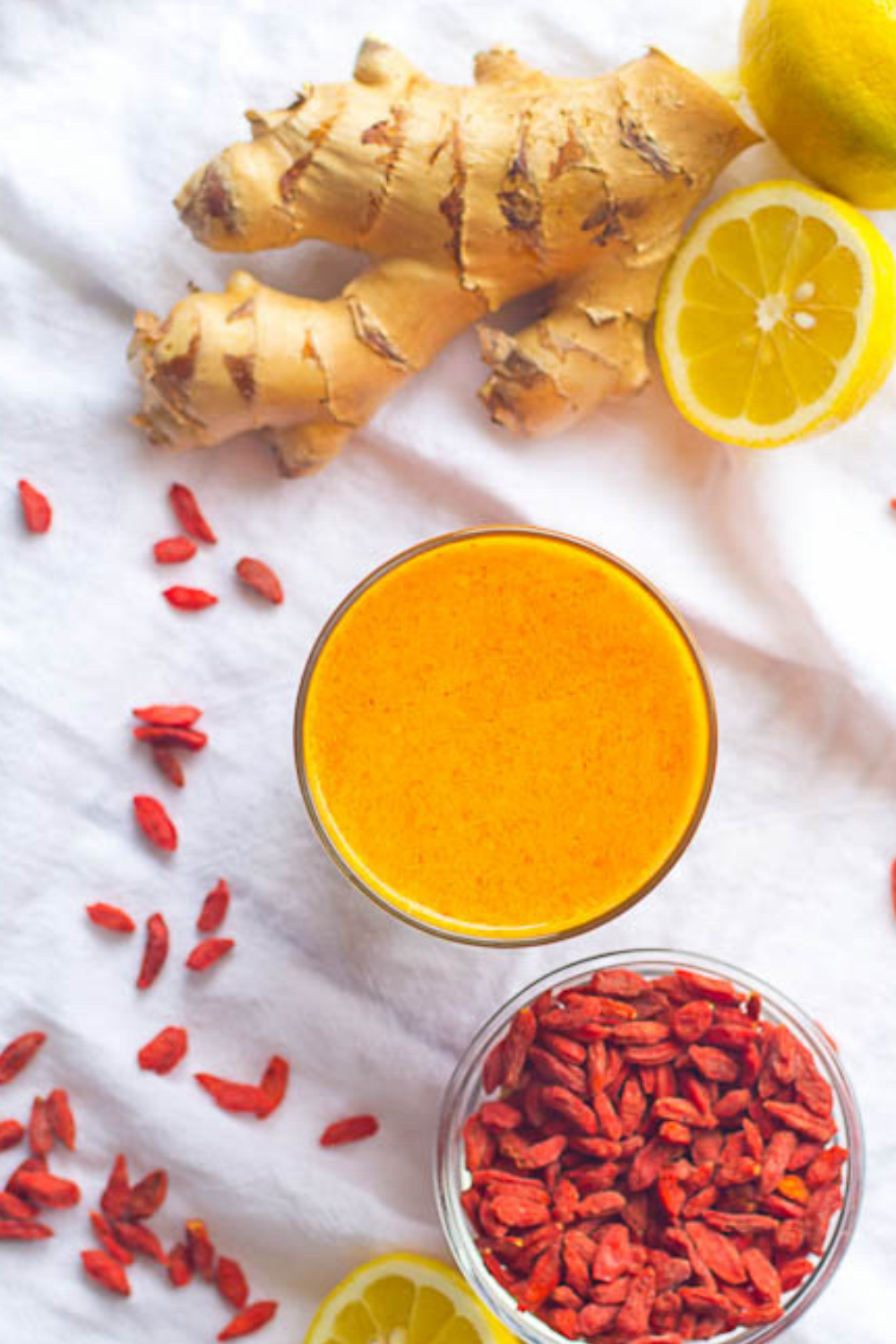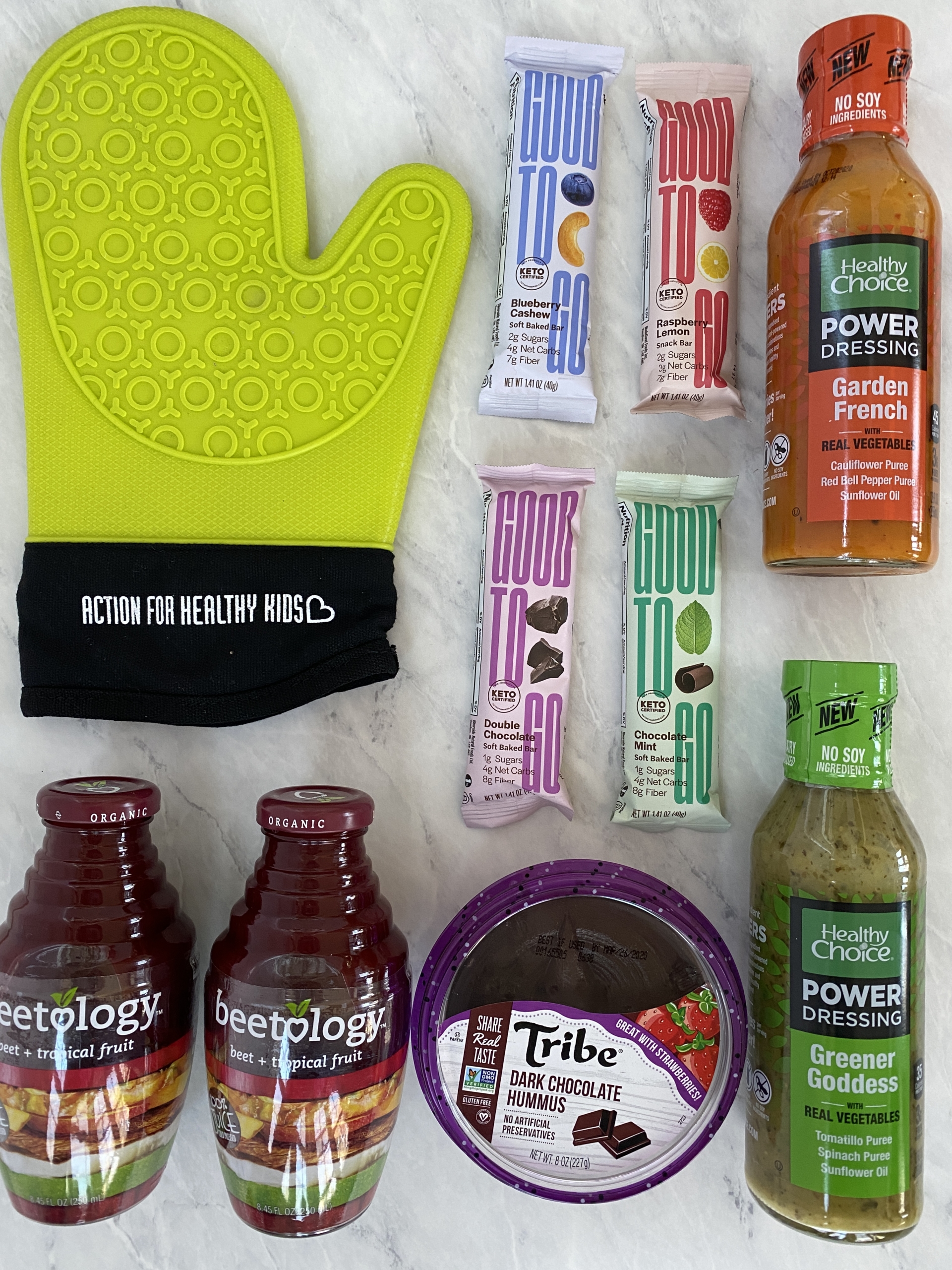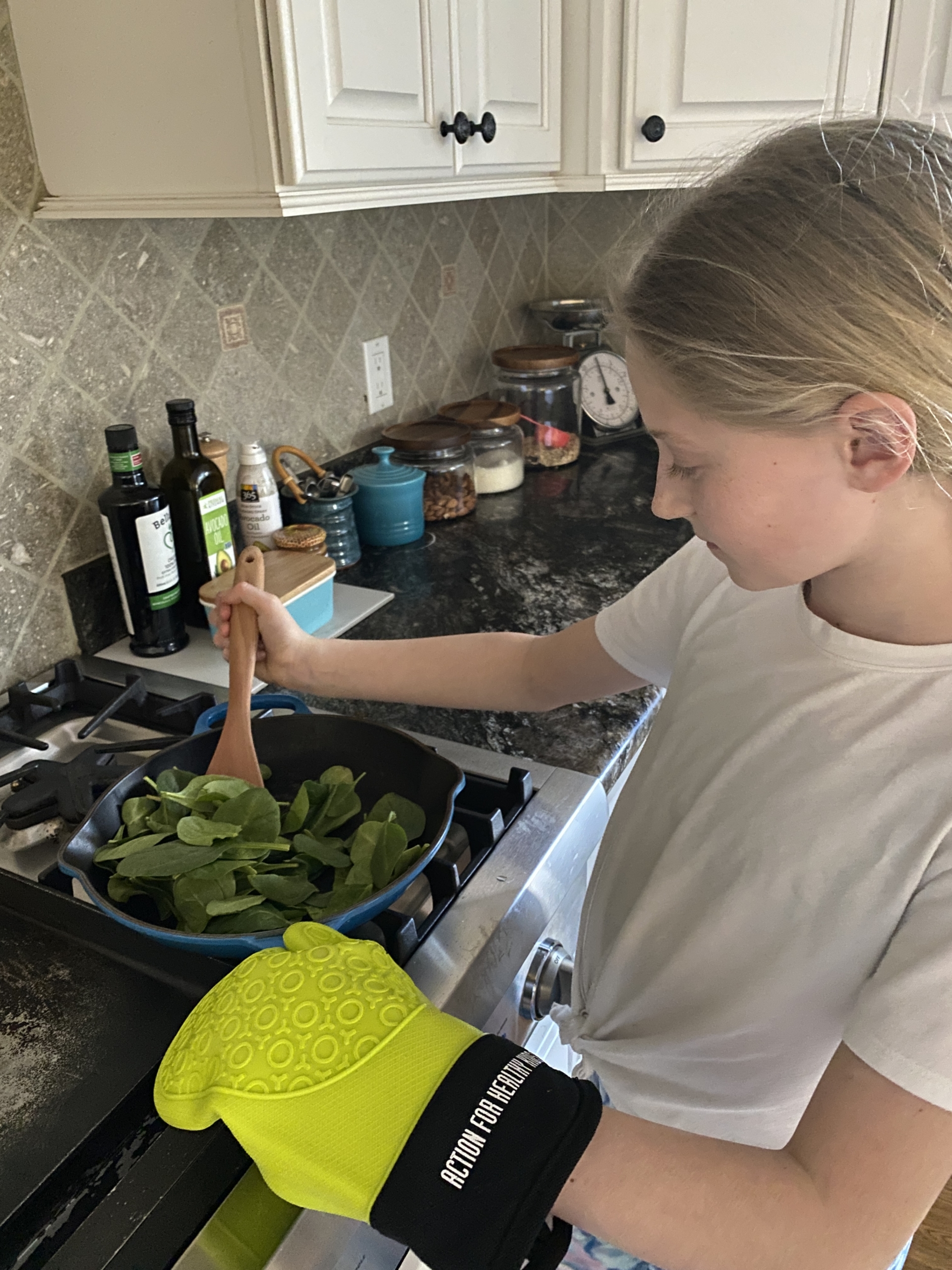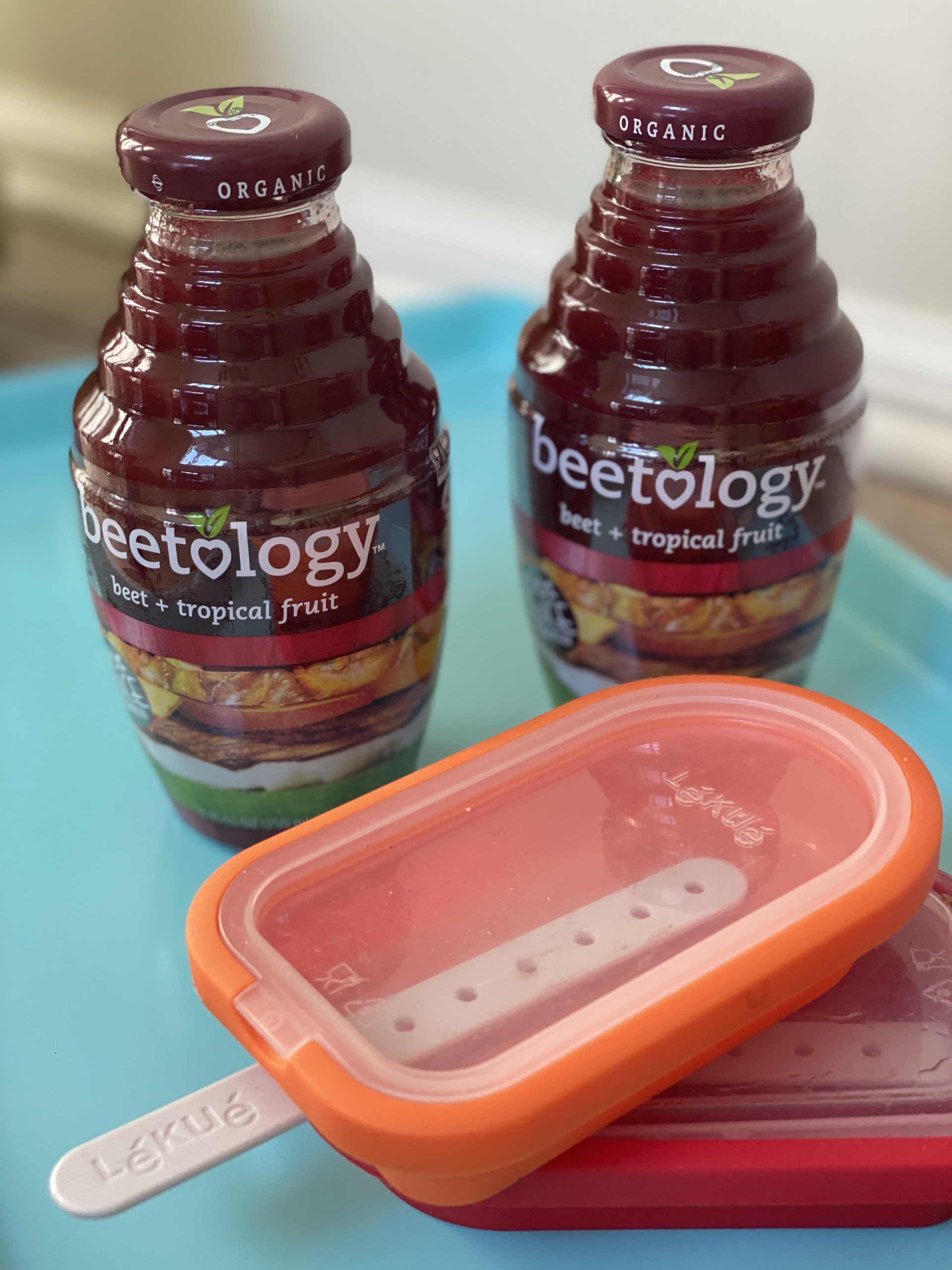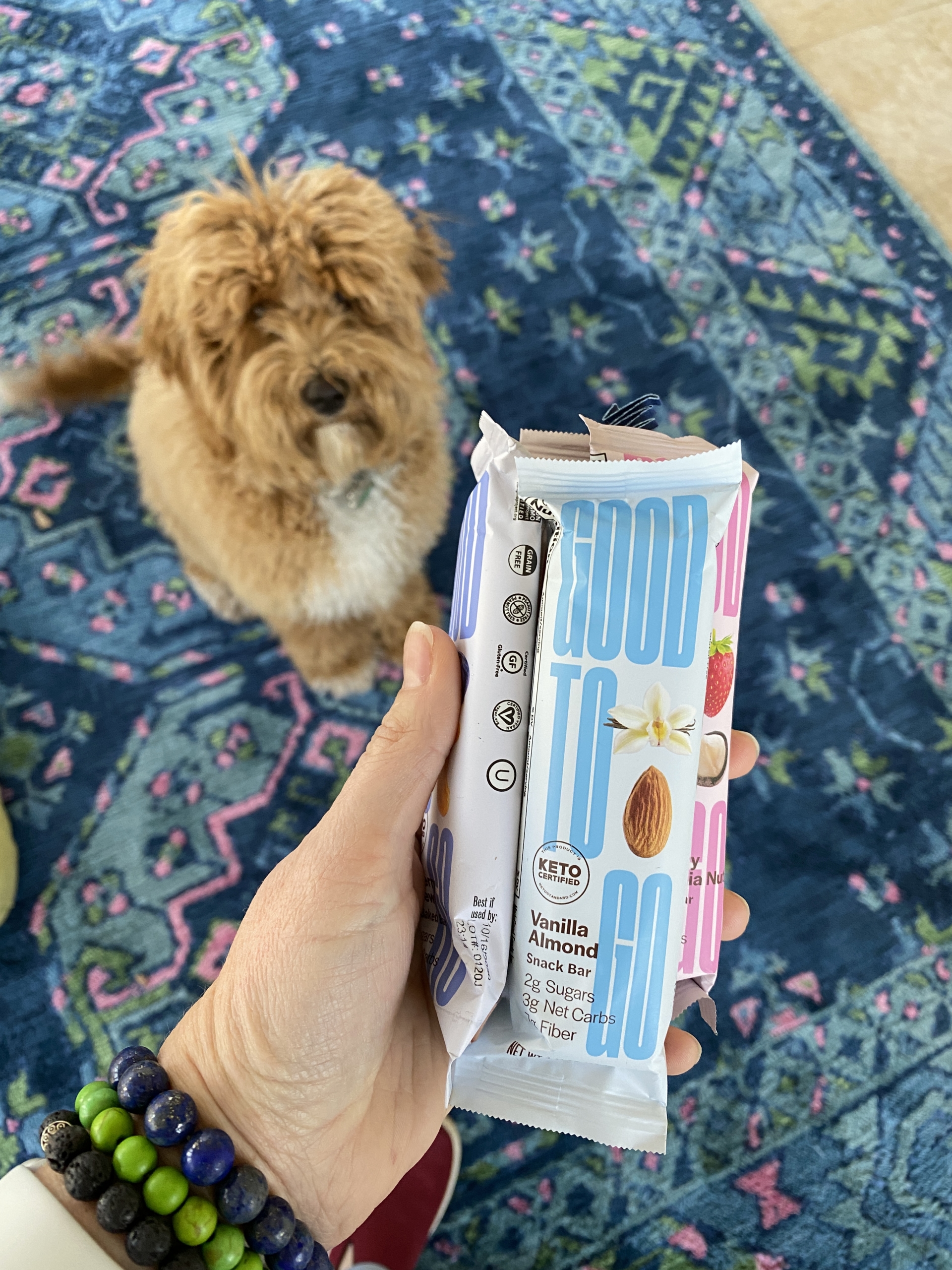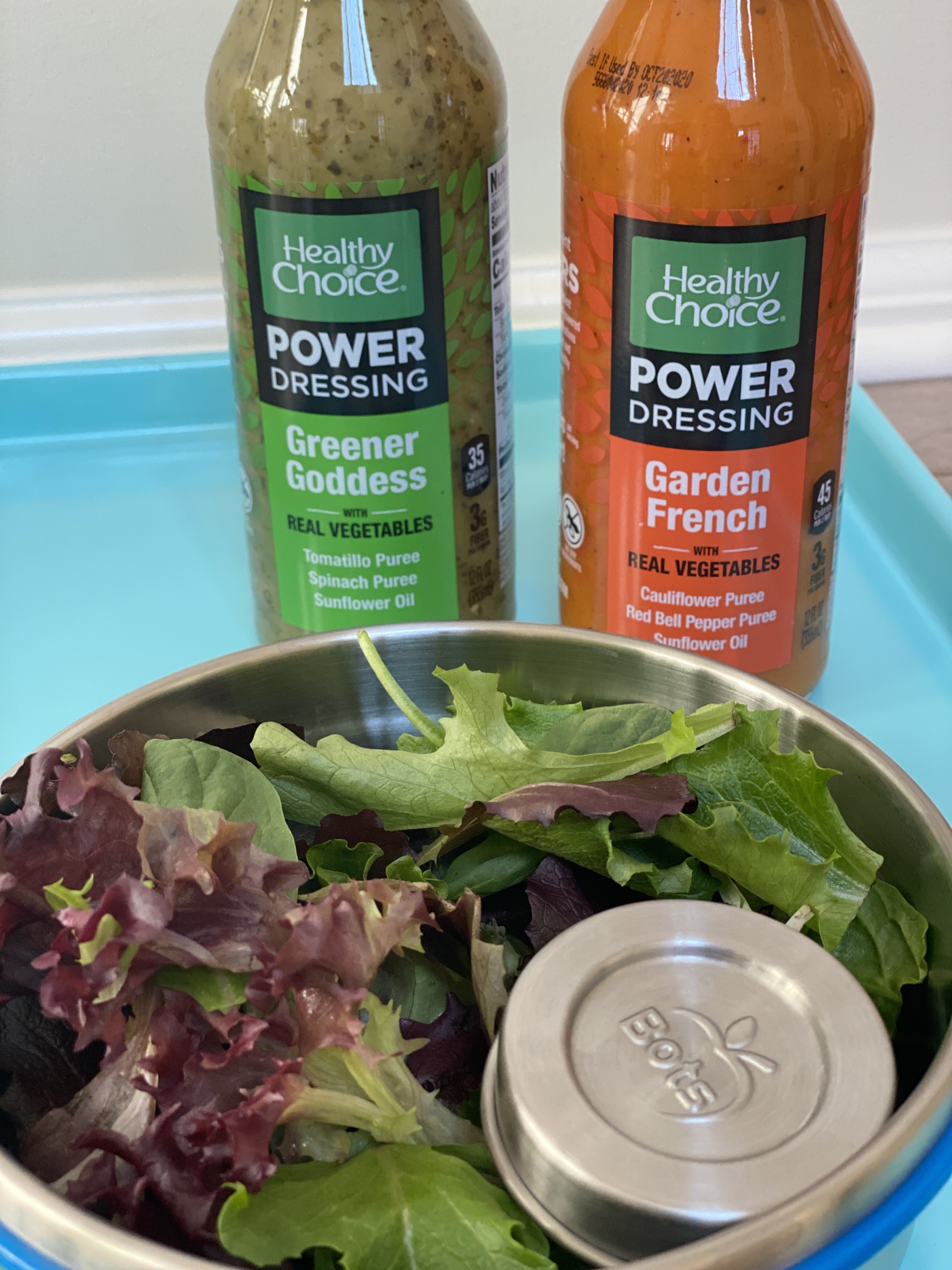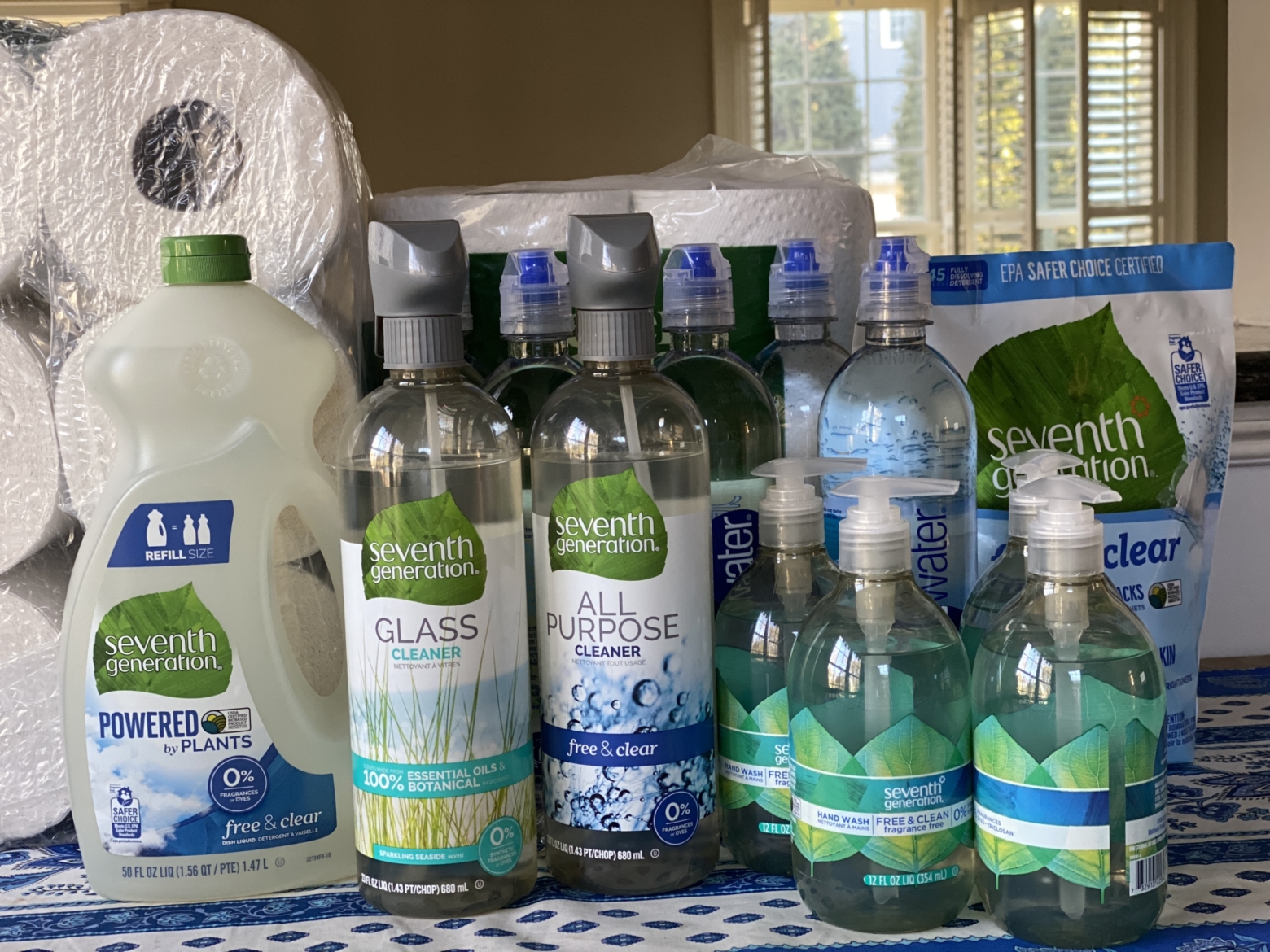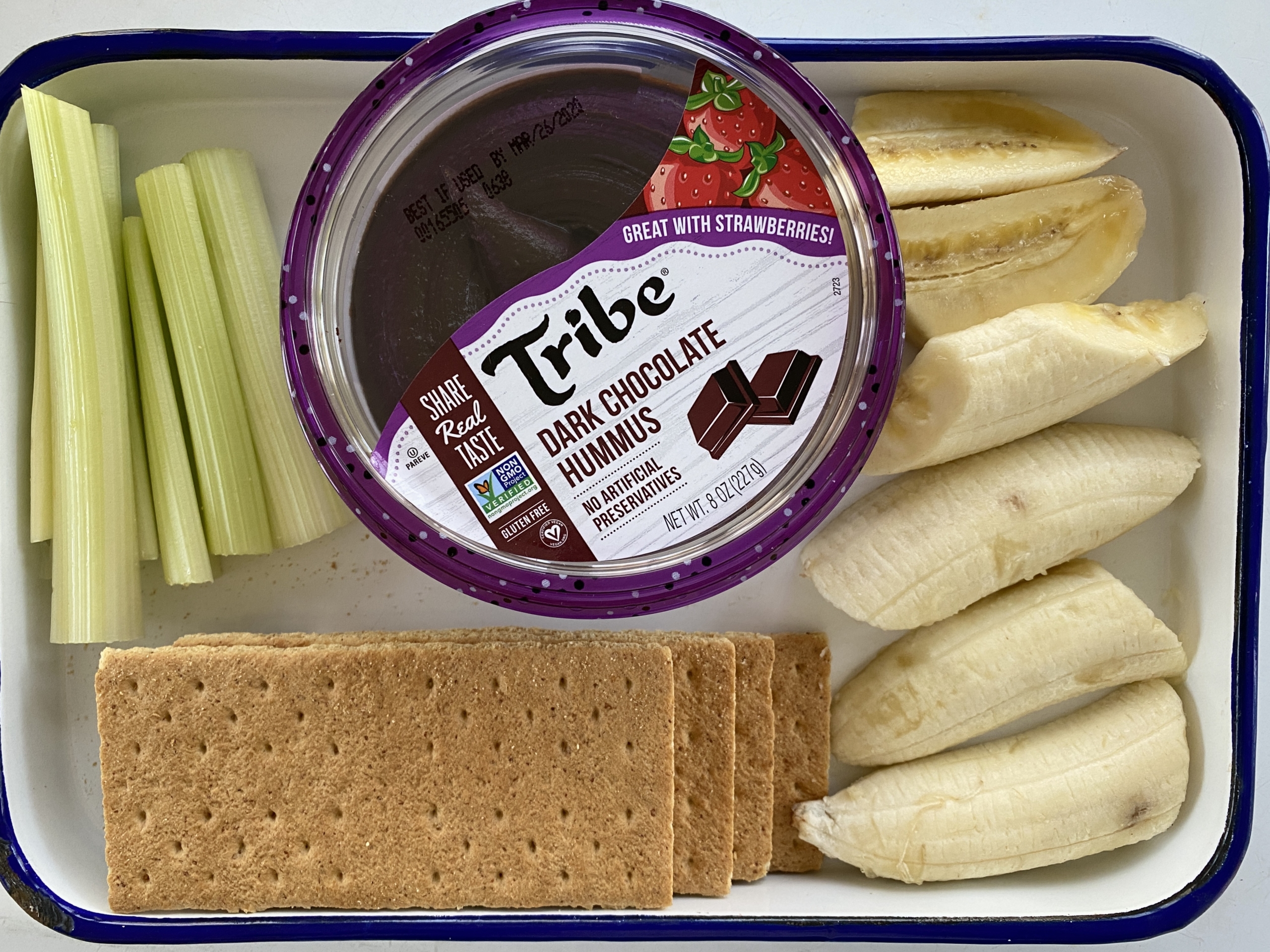Last week my contribution to an article on advocating for women’s health was published on CNN. It was a great moment to see more discussion about perimenopause in mainstream media.
My friend Dr. Christine Koh wrote a wonderful piece to help more women understand the nuances of going into perimenopause, which is the phase of time before menopause. This stage is confusing, as there is not a set age, symptom, or hormone level that truly announces the arrival of perimenopause.
Advocating for women’s health on CNN.
Advocate for Better Health
One of the reasons I am so passionate about getting more women to speak up is because I’ve heard so many of my clients have their concerns dismissed by their physicians. They blame new health challenges and energy decline on “getting older.” Women are being told this in their late 30s and it’s total B.S.
“The first things women raise with their doctor regarding perimenopausal symptoms are often related to energy and mood,” said women’s health coach and patient advocate Emily Roach via email. “Doctors will dismiss their concerns and say it’s just part of getting older. They don’t dig into potential issues related to thyroid health, low B12, or gut issues.”

Here’s the thing, women will make sure their child goes in for an annual wellness check-up, but will often push off their own annual physical. Please don’t as this is your opportunity to keep an eye on lab work that is so important. Make sure you know what to ask before your appointment, what language to use so insurance covers it, and how to push back if your requests are dismissed.
Book a complimentary call if you need further support via health coaching and patient advocacy.




